Nadia Higgins - Solar Systems: Planets, Stars, and Orbits
Here you can read online Nadia Higgins - Solar Systems: Planets, Stars, and Orbits full text of the book (entire story) in english for free. Download pdf and epub, get meaning, cover and reviews about this ebook. year: 2014, publisher: Rourke Educational Media, genre: Children. Description of the work, (preface) as well as reviews are available. Best literature library LitArk.com created for fans of good reading and offers a wide selection of genres:
Romance novel
Science fiction
Adventure
Detective
Science
History
Home and family
Prose
Art
Politics
Computer
Non-fiction
Religion
Business
Children
Humor
Choose a favorite category and find really read worthwhile books. Enjoy immersion in the world of imagination, feel the emotions of the characters or learn something new for yourself, make an fascinating discovery.
- Book:Solar Systems: Planets, Stars, and Orbits
- Author:
- Publisher:Rourke Educational Media
- Genre:
- Year:2014
- Rating:4 / 5
- Favourites:Add to favourites
- Your mark:
Solar Systems: Planets, Stars, and Orbits: summary, description and annotation
We offer to read an annotation, description, summary or preface (depends on what the author of the book "Solar Systems: Planets, Stars, and Orbits" wrote himself). If you haven't found the necessary information about the book — write in the comments, we will try to find it.
Our closest solar system is about 10 light years away. It has two main types of planets. Some are rocky and small, like planet Earth, while others are huge balls of gas, like Jupiter. Astronomers once thought our solar system was the one and only. But now we know of hundreds of solar systems. One may even have a planet like Earth! Just maybe, these alien worlds could host life, like our own amazing planet. This book allows students to use observations of the Sun, Moon, and stars to describe patterns that can be predicted.
Nadia Higgins: author's other books
Who wrote Solar Systems: Planets, Stars, and Orbits? Find out the surname, the name of the author of the book and a list of all author's works by series.

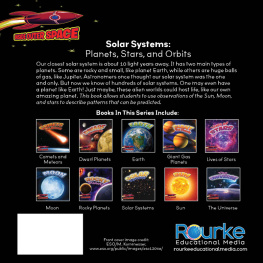
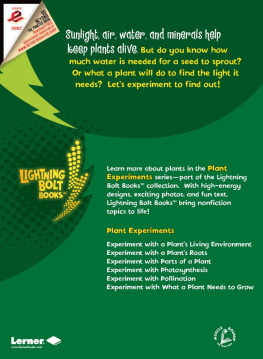
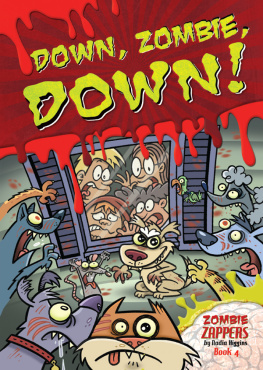
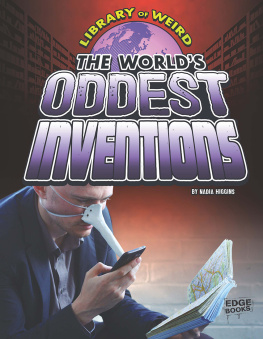

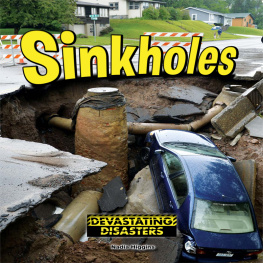
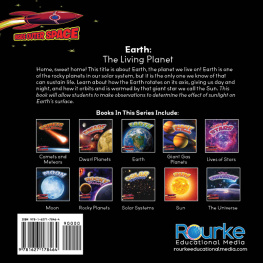

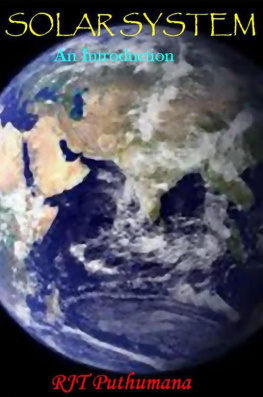

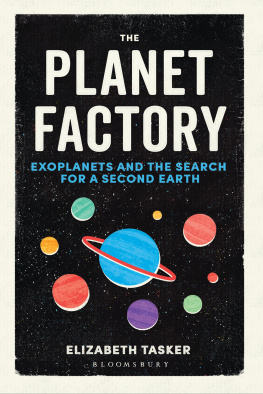
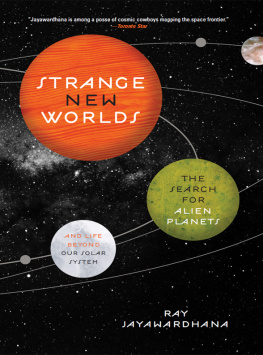
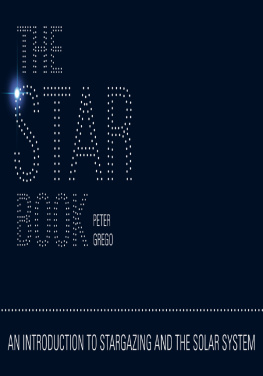
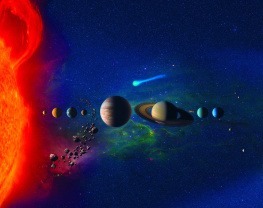
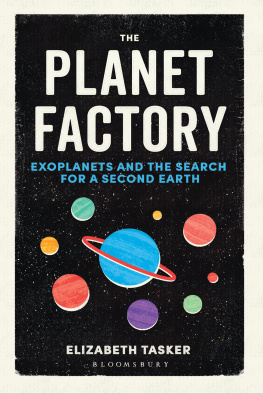
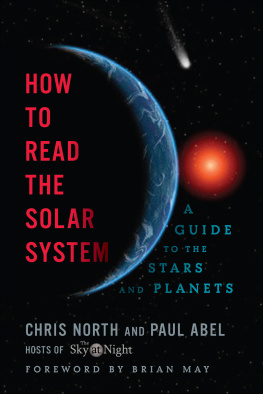
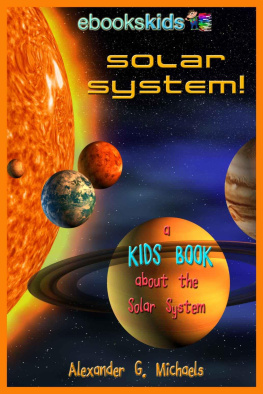
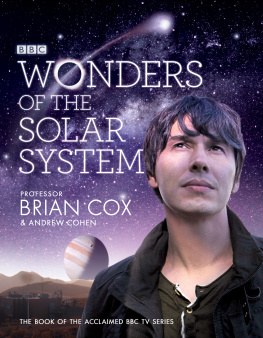

 astronomers (uh-STRON-uh-muhrz): Scientists who study outer space are astronomers.
astronomers (uh-STRON-uh-muhrz): Scientists who study outer space are astronomers. 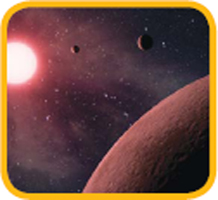 exoplanets (ehk-soh-PLAN-ihtz): Planets in solar systems other than our own are exoplanets.
exoplanets (ehk-soh-PLAN-ihtz): Planets in solar systems other than our own are exoplanets. 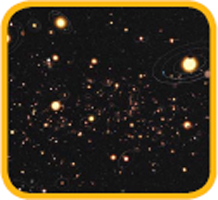 light years (LYT YIHRZ): Scientists measure the distance between stars in light years.
light years (LYT YIHRZ): Scientists measure the distance between stars in light years. 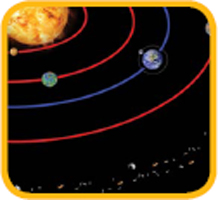 orbit (AWR-biht): When something has an orbit, it travels in a round path around something else.
orbit (AWR-biht): When something has an orbit, it travels in a round path around something else. 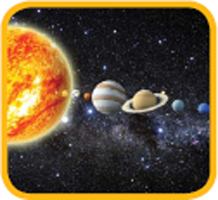 solar system (SOH-luhr SIHS-tuhm): The solar system is made of a star and all the planets and other space objects that travel around it.
solar system (SOH-luhr SIHS-tuhm): The solar system is made of a star and all the planets and other space objects that travel around it.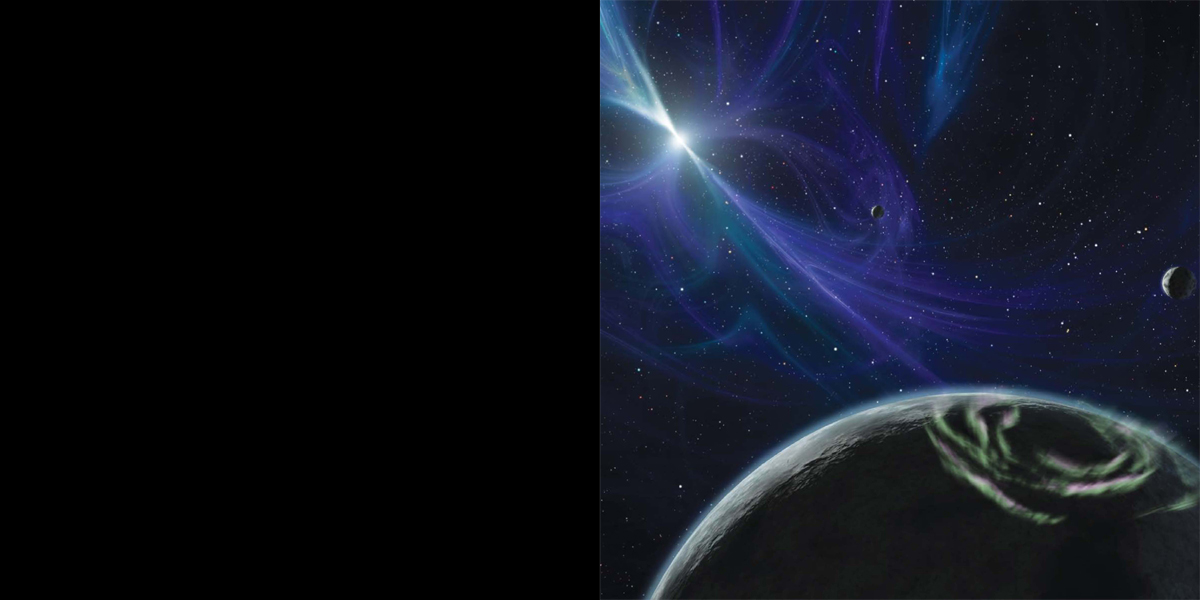 Since then, scientists have found hundreds of stars with planets.
Since then, scientists have found hundreds of stars with planets. 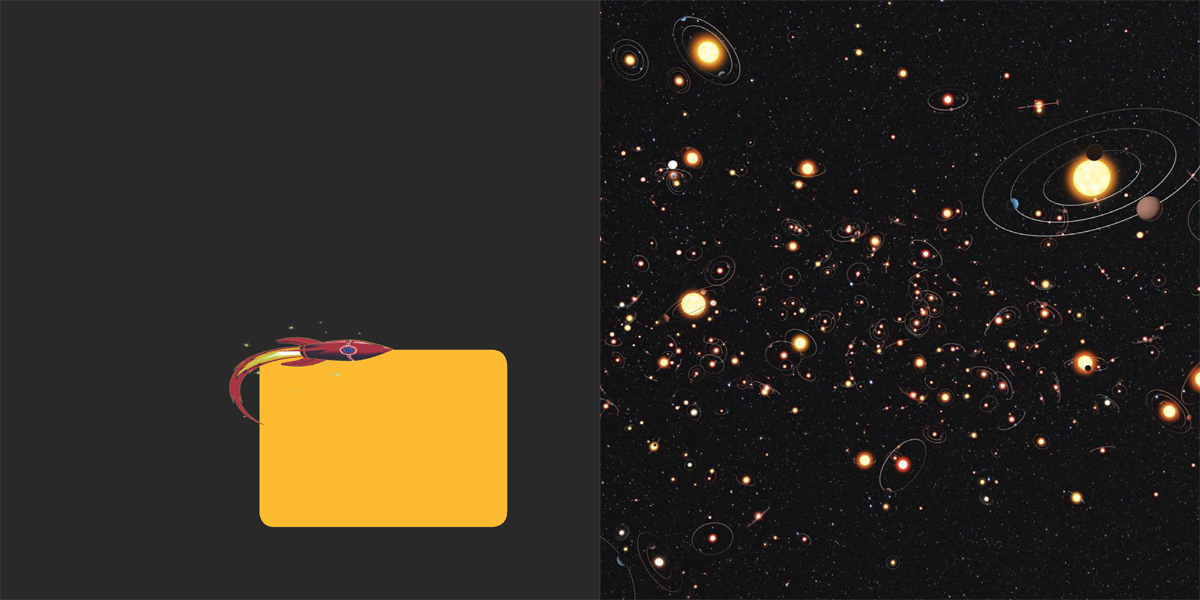 So Far Away!Our closest solar system is about 10 light years away. That means a beam of light would take 10 years to get there. The trip would take 100 million years in a car!SUN How Solar Systems Work Scientists use our own solar system as a model for others. The Sun shines in the center.
So Far Away!Our closest solar system is about 10 light years away. That means a beam of light would take 10 years to get there. The trip would take 100 million years in a car!SUN How Solar Systems Work Scientists use our own solar system as a model for others. The Sun shines in the center. 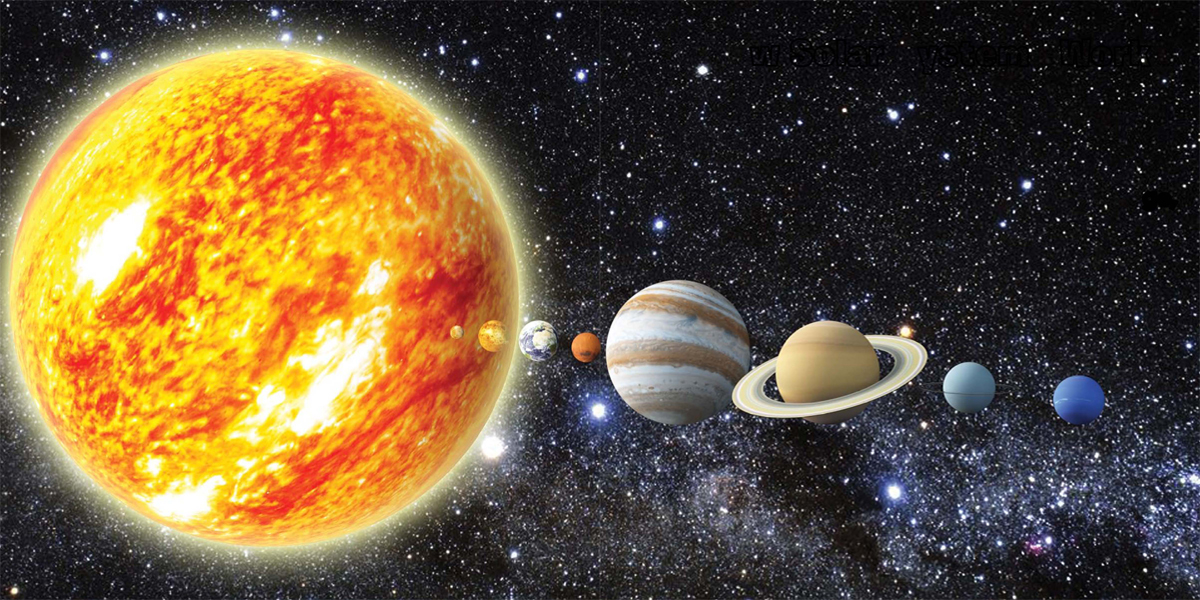 Our solar system has two main types of planets.
Our solar system has two main types of planets. 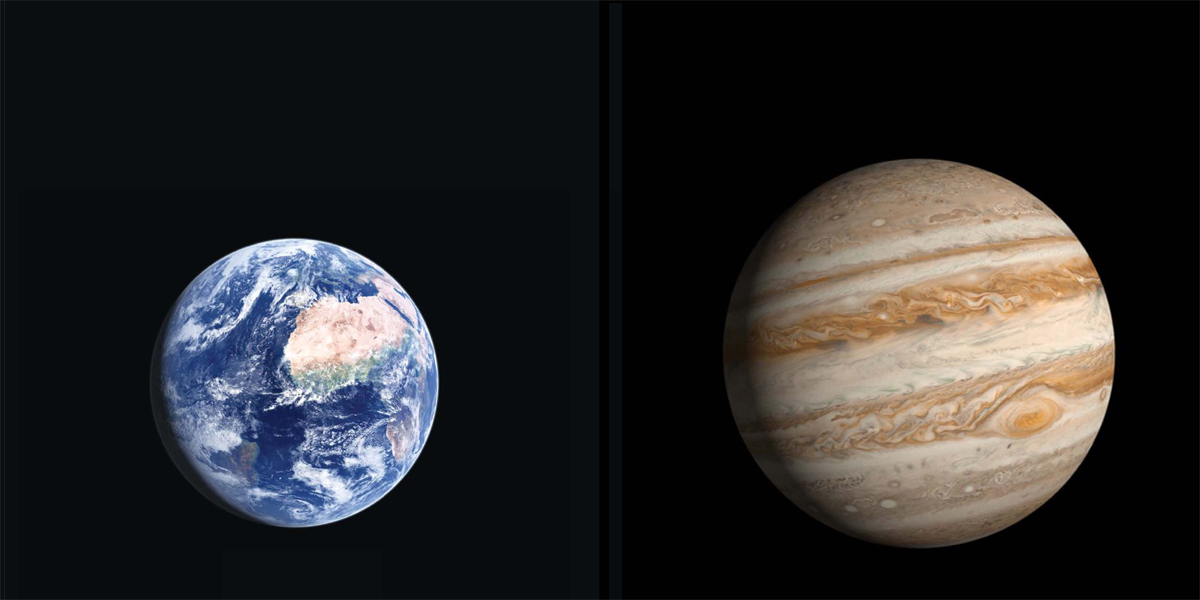 EarthJupiter The planets orbit the Sun. Each planet travels on its own oval path.
EarthJupiter The planets orbit the Sun. Each planet travels on its own oval path. 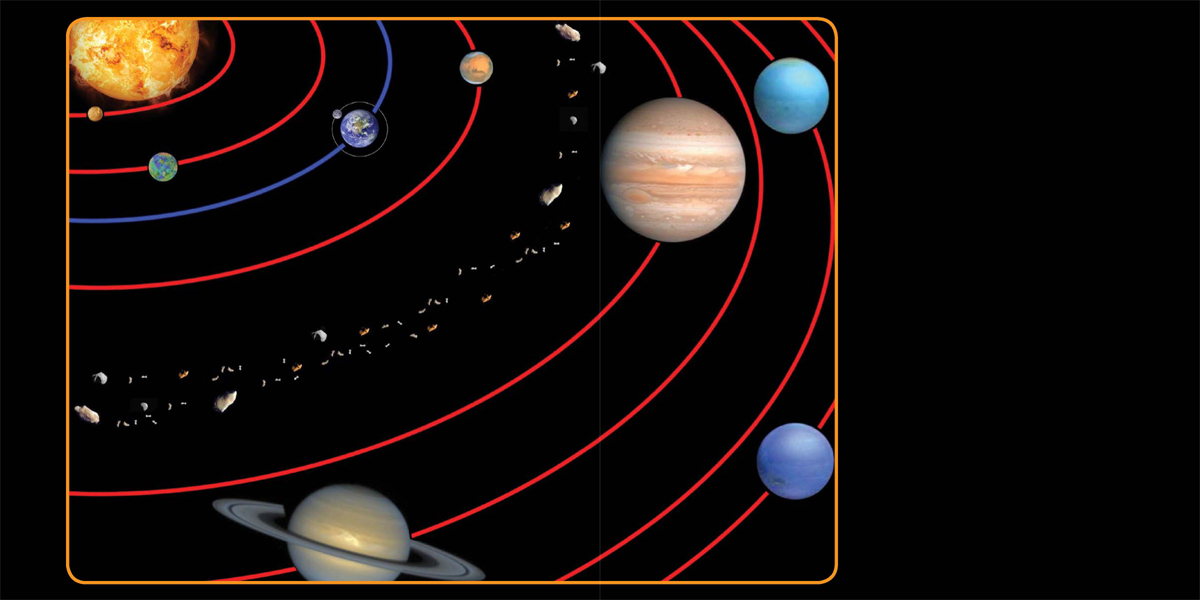 SunMercuryVenusAsteroid BeltSaturnMoonEarthMars
SunMercuryVenusAsteroid BeltSaturnMoonEarthMars